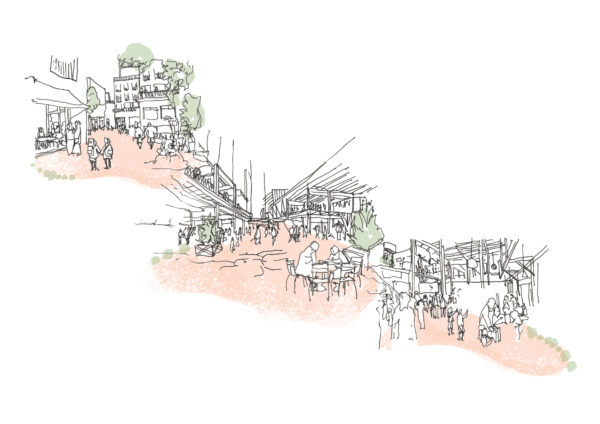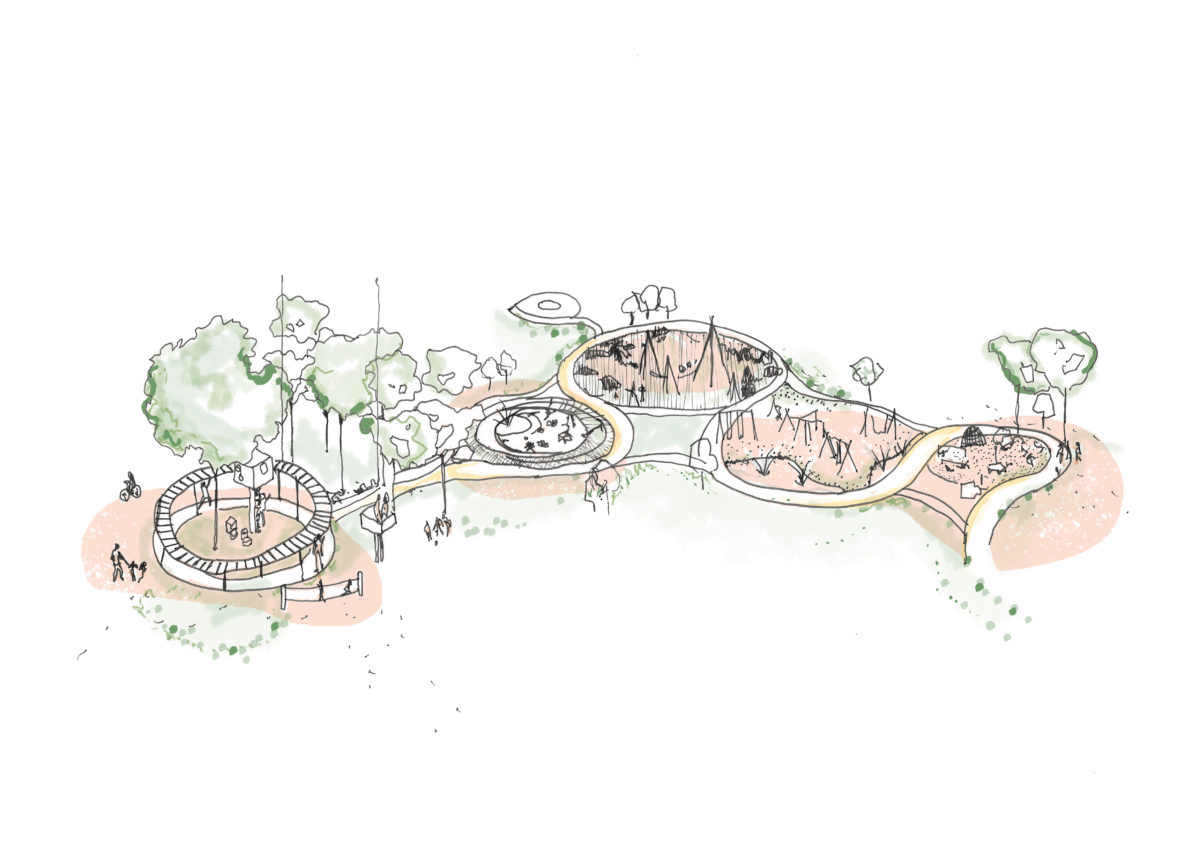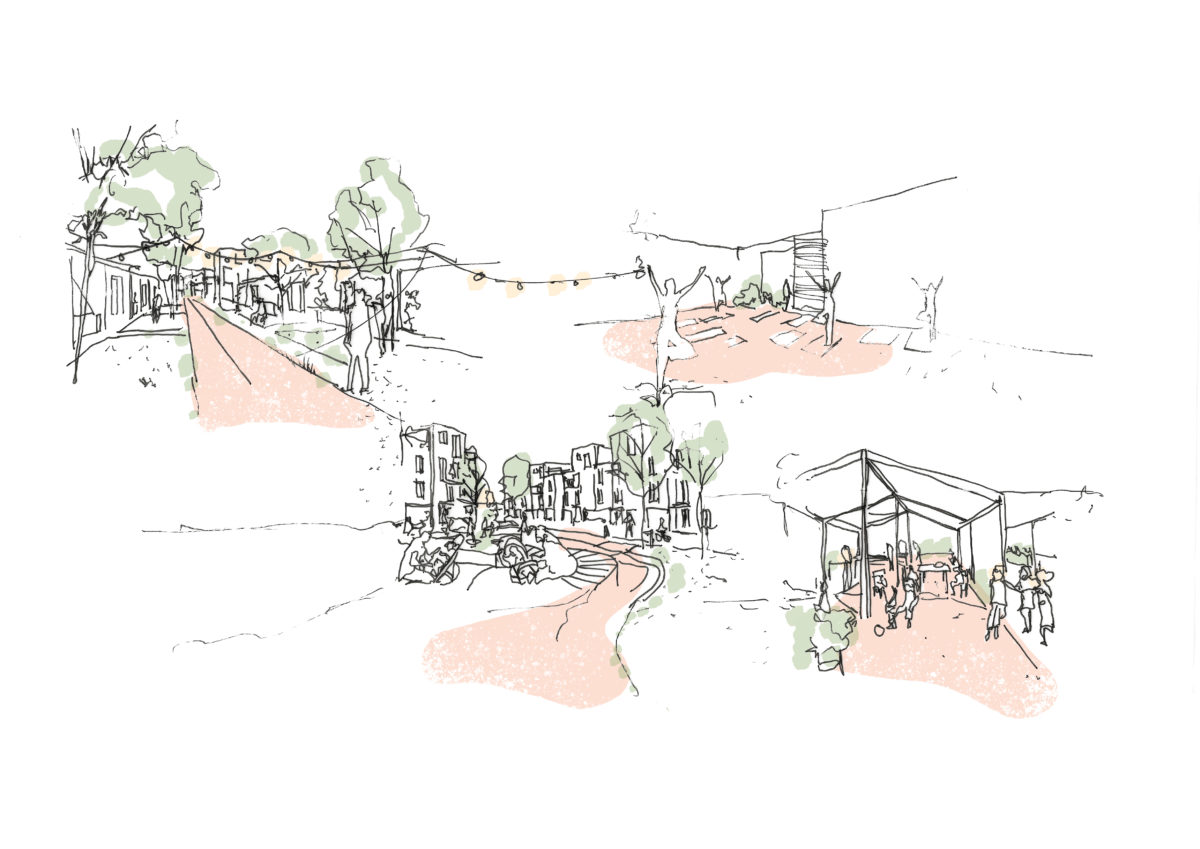In a competitive market, companies often adopt zeitgeist phrases and buzzwords in order to appear relevant. While this may not sound unreasonable, the concern is that key disciplines can become mere tick-box exercises or fads, and their true value never realised.
In a world grappling with diverse crises (economic, climatic, social, geopolitical), there’s an urgent need for a more considered form of urbanism. An urbanism which takes into account the journey from design to delivery, and the shifting parameters along the way. An urbanism focused on those it seeks to serve.
This urbanism is best achieved through placemaking, which is the practice of designing, developing and delivering places around the needs and wishes of local communities. Putting the end-user at the heart of all design and delivery, placemaking is preoccupied with leveraging the public realm and ground floor uses and interface to improve human health and happiness. It points the way to a more inclusive, responsive and relevant urban landscape.
But how do we ensure placemaking becomes a core component of development, rather than just another concept that’s often referenced but seldom implemented?



